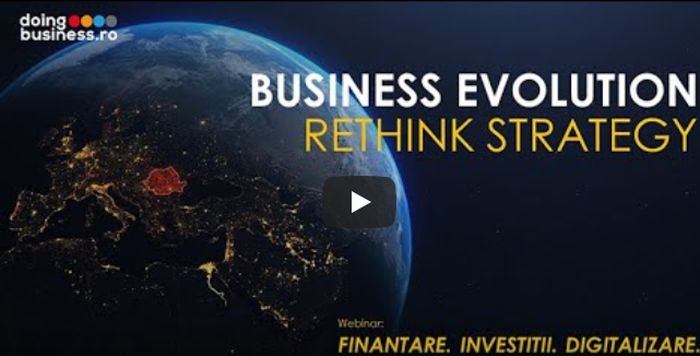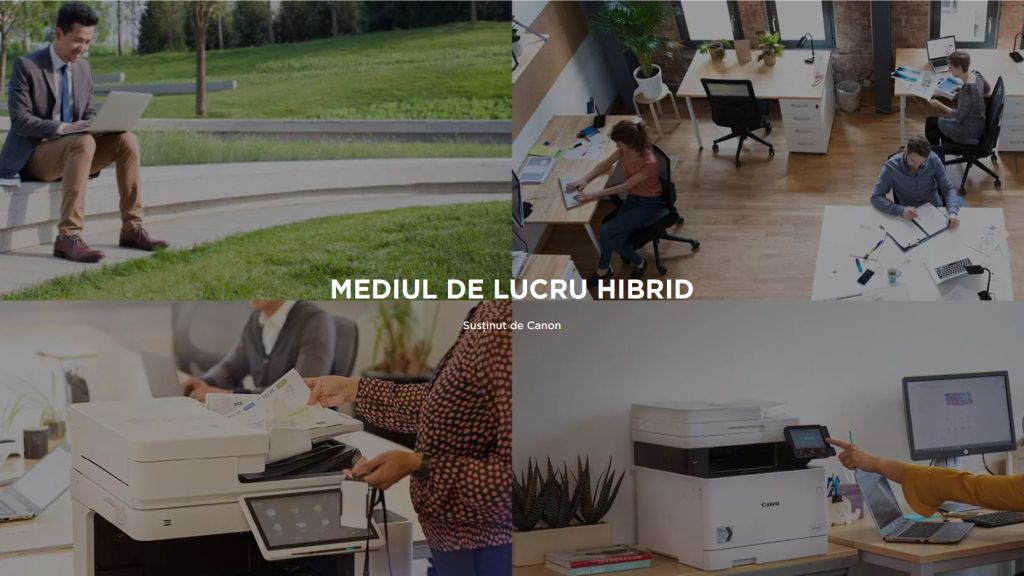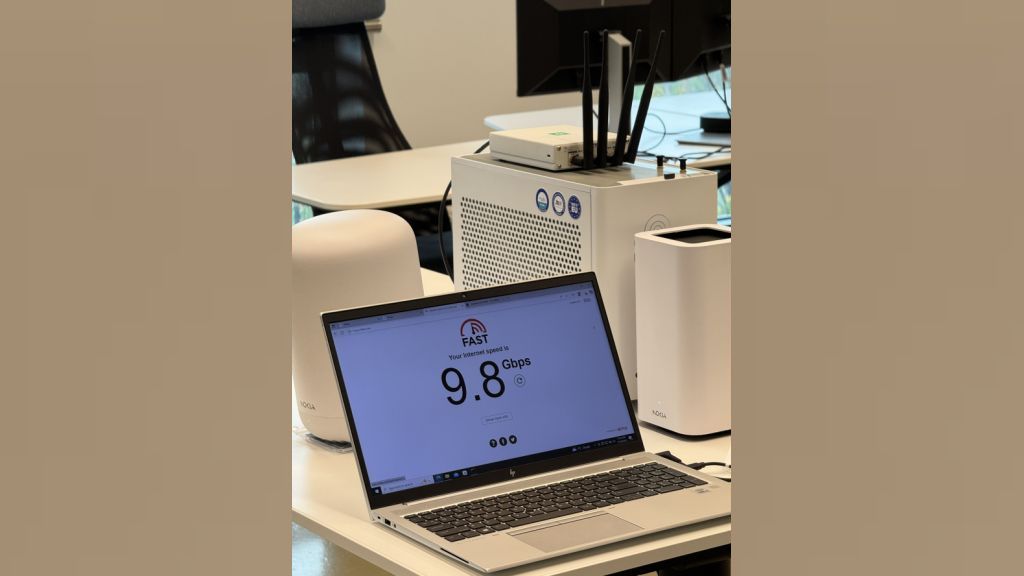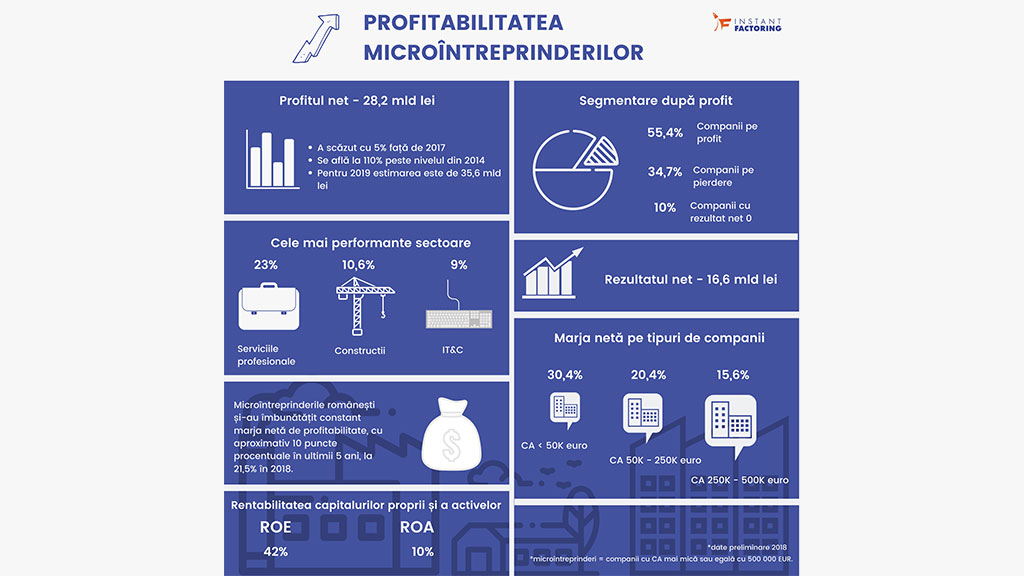Still, we must prepare in advance for the moment when it happens – and it will happen! Fortunately, I also believe Romania has all the premises, as well as the capacity to become an innovation-based economy, should it know how to make full use of its resources, acting promptly through a coherent industrial policy, well focused and fruitfully implemented.
Between 2004-2008, Romania proved highly attractive to foreign investors, who despite having targeted their funds in many speculative areas, also managed to improve the industrial base of Romania, especially in certain areas, e.g. automotive. Fortunately for us, the development of the industrial base and industry-stemmed exports continued to flourish through the crisis, as Romania's low-cost attributes remained attractive for developed markets, now confronted with budget restraints. However, foreign investments halted and continue to stall at a minimum of EUR 1.6 bn in 2012 and a continued downward trend during the first months of 2013. Under these conditions, the low-cost framework of Romania seems not to be enough anymore when it comes to attracting foreign capital. Moreover, even our advantage of being very close to the mature European markets will work against us when it comes keeping our low-cost attributes: it is precisely the high European mobility and proximity that will not allow us to keep these attributes for long. Thus, innovation seems to become the logical solution to develop new competitive advantages. Innovation-based economies can obtain remarkable productivity gains and sustainable growth rates of income per capita – exactly what we need in order to close the gap between us and the EU averages. Moreover, through innovation, not only will we be capable of attracting foreign capital, but we will also engage our own capital into developing regional corporate champions.
However, in order to tap our innovative potential, we do have some challenges that lay ahead of us. For the moment, R&D (and thus innovation) investment is extremely low, both in the private and public sector. In 2011, for example, R&D expenditure in Romania stood at around 0.5% of GDP (lowest in the EU!), extremely feeble compared, for example, to the European average of 2.3% and levels of 4.0% corresponding to innovation champions, such as e.g. South Korea. Moreover, start-up financing is still lagging behind in Romania. With only EUR 3 m venture capital investment in 2012 (and even that amount directed to later stage ventures and all in the IT&C and telecommunication sectors), Romania is very far behind Western Europe or USA. Furthermore, although bank loans and capital market financing are quite well-known, these options mainly target low risk investments, not enough to boost innovation.
Finally, we come to what we can do about it! What can the public sector and the business environment do in order to trigger, boost and support innovation? I would propose several measures, all of them targeting of course the medium and long term. Out of them, the paramount one, enabling all others, refers to the notion of industrial cluster.
More specifically, the first important step we need to take refers to the creation of a strategic framework able to harness innovation. Otherwise said, the creation of strong industrial clusters. We do not need many. We could focus on 3-4 key strategic sectors (jointly elected by the private sector and the government) which might in the future become competitive globally. Going further, for these industries, key technologies and prerequisites must be identified, so that they could become the target of future investments, while benefitting from qualified human resources (thus needless to say, the education curriculum and offer should be adapted to fit the needs of these clusters!). Next, setting up incentives to boost innovation in the private sector should not be neglected. Companies should be encouraged (via fiscal stimuli, for example) to invest in R&D and high value-added production. Furthermore, administrative burdens should be greatly simplified, and changes of any kind should become much more predictable. Finally, a start-up culture must be nurtured: R&D and educational competition should be encouraged, along with the creation of public-private R&D partnerships.
Coming to a conclusion, Romania has indeed the potential to become an innovation-based economy, gradually. We have both the human, as well as the socio-geographic conditions to develop consistent competitive advantages in certain industries. A lot needs to be done. We just need to start becoming aware of this and tap into our true potential!






























